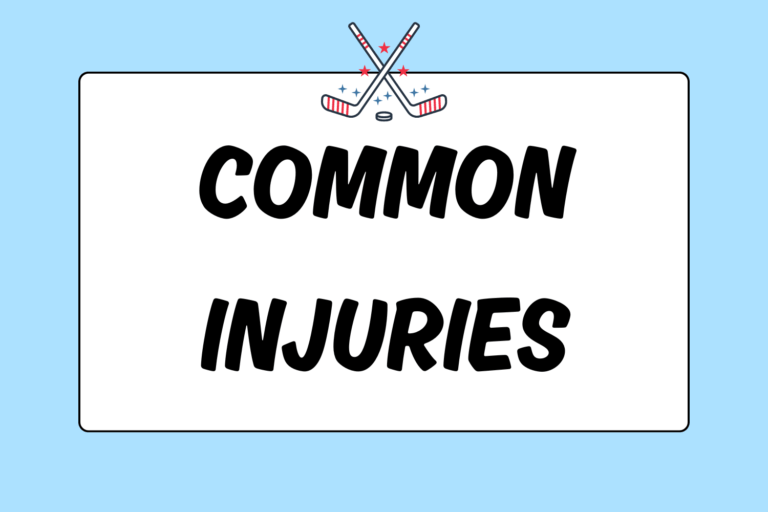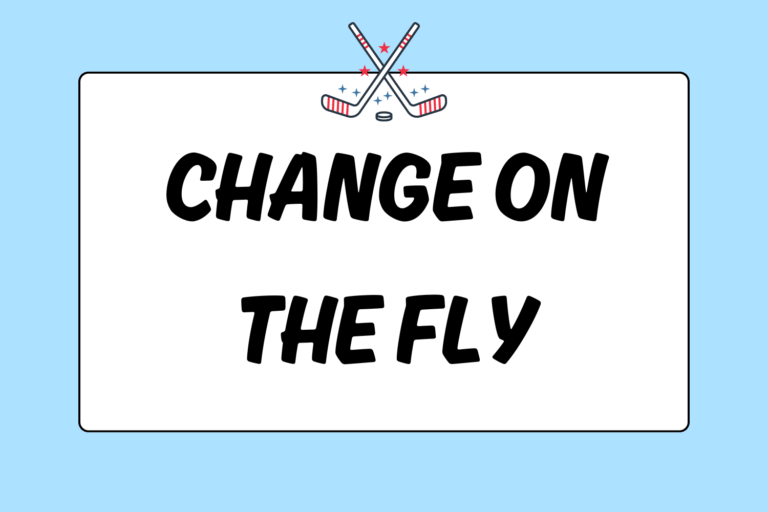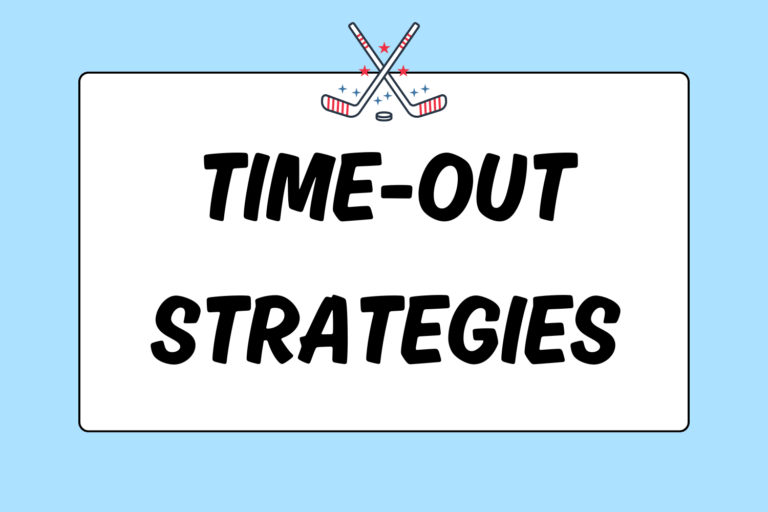Few situations in an ice hockey game feel as chaotic as when your team’s goalie loses possession of his stick. What should you do? Give him your stick? Get out of position to recover his stick for him? Wait until you can clear the zone before retrieving his stick? There are many options, none of which seem ideal.
While no option is perfect, some are certainly better than others. This guide explains what to do when your goalie loses his stick.
The Defensemen’s Responsibilities
The defensemen’s and goalie’s jobs are very similar: Don’t allow any goals. Defensemen know that the goalie truly is the last line of defense, so some D-men will instinctively want to give their sticks to the goalie. This is the wrong play for a variety of reasons.
First of all, the defensemen need their sticks! If they win a battle for a loose puck but don’t have their stick, they can’t clear the puck out of the zone. If there’s a loose puck in the crease, they’ll have no way of swatting it to the corners or tying up with an opposing forward.
Second, a player’s stick is hardly a replacement for a goal stick. Player sticks are skinny; they lack a paddle specifically made for blocking shots. Without a paddle, player sticks are almost completely ineffective for goalies to use in paddle down play.
The Forwards’ Role
So it’s established that if the goalie drops his stick, the defenseman shouldn’t relinquish his own. This begs the question of whether or not a forward should give his stick to the goalie. While there isn’t a clear-cut answer to this question, forwards shouldn’t generally give up their sticks.
The forwards should be pressuring the point when the opposing team’s set up in their defensive zone. If a forward skates down to the goalmouth to give the goalie his stick, he’ll be out of position and allowing his man a vast variety of shooting and passing lanes. A forward can consider giving up his stick if he chases a player to the corners or knocks his man off the puck down low.
When the goalie’s without a stick, the forwards should try to pressure the point and block any low shots that they can. Further, the forwards will need their sticks to clear the puck out of the zone. If a forward does get an opportunity to clear the puck when his team’s goalie is stick-less, he shouldn’t worry about icing the puck. When the goalie is stick-less, an icing penalty is much better than having the puck in the defensive zone.
Have a Game Plan
Some goalies — especially tall goalies with strong butterfly slides — will feel comfortable playing without a stick. On the other hand, goalies who play a more standup style and need a stick to make on-ice saves will feel lost without their sticks. Talk to your goalie during practice to see what he wants the team to do when he’s without a stick. This guide contains many valuable tips, but your goalie should ultimately decide the plan for when he loses his stick.
Help the Goalie Out
So if both the defensemen and forwards shouldn’t give up their sticks, what should you do when your goalie loses his twig? The answer’s simple: If you can, get it for him!
If the goalie’s stick is near the net but out of his reach, one of the defensemen down low should try to get it to the goalie. And you don’t need to leave the proper defensive position to help him out. Use your stick blade to grapple the goalie’s stick. Hook his stick to the side of the net for the goalie to pick up (when there’s a break in the action). Players are allowed to hold two sticks at a time, but they can be called for a two-minute minor penalty if they touch the puck while holding two sticks.
If the goalie’s still without his stick as the puck leaves the defensive zone, one of the defensemen should forego joining the rush and go retrieve the goalie’s stick. The goalie shouldn’t have to leave his crease to gather his stick, as it leaves the goalmouth very vulnerable.
Play Hard, Clear the Zone
When your goalie loses his stick, your team is obviously in a sticky situation. Most importantly, your team needs to block shots, tie up any opponent trying to crowd the crease, and clear the puck whenever possible. Stick to the simple rules outlined in this guide and your team will have a good chance to escape an otherwise dangerous scenario.





